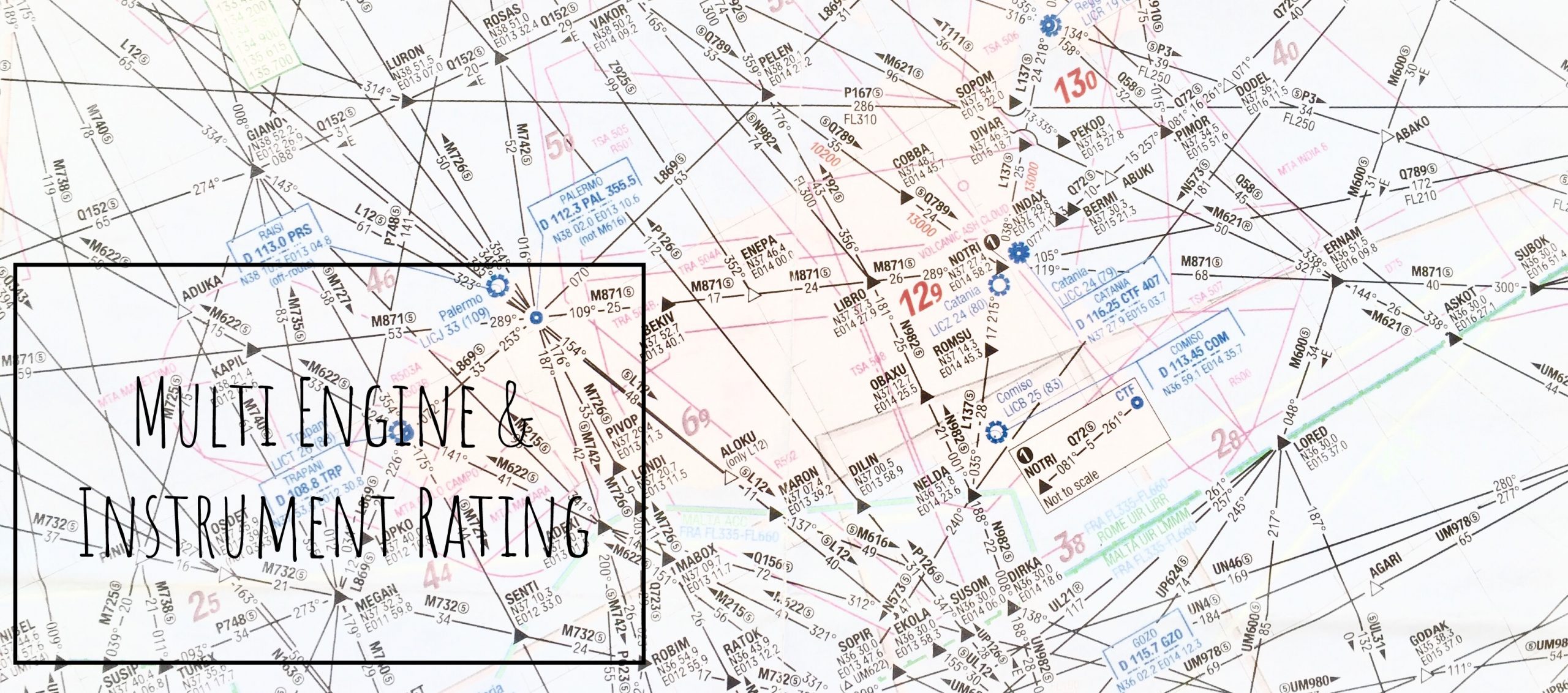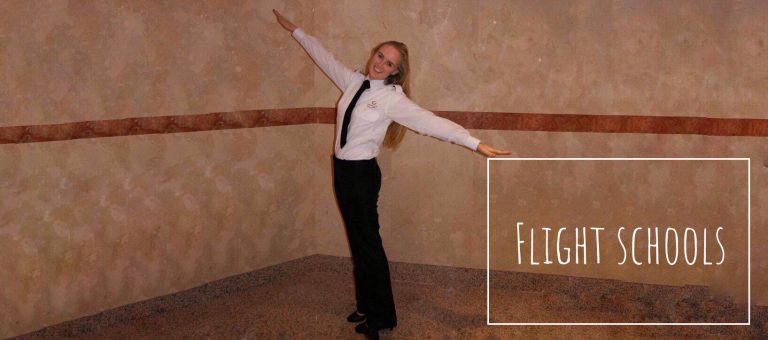The last two flying exams of the pilot licence are the Multi Engine and the Instrument Rating.
To prepare for the Instrument Rating, you start in the simulator. There, you will learn all the basics of Instrumental flying. You will learn to use VOR (VHF Omnidirectional Range) Radio Beacons to navigate without seeing outside for visual reference.
In the video below, I have explained a bit about the different Radio Beacons that we use, below the video I will continue to explain a bit about different IFR manoeuvres.
In the simulator, you will learn the following manoeuvres:

Intercept VOR radials: You’re flying at a certain position and you’re told to intercept another radial either inbound or outbound. This means that you have to know on which radial you are currently flying and you have to calculate which heading you need to fly to get in the quickest way to the new radial.

Fly DME arcs: You will need to fly around the DME station with a constant distance from the station. This means that you need to adjust your heading constantly to keep at 90 degrees from the station at all times.

Make holding patterns: A holding over a VOR means that you will fly over the station, make a 180 degree turn, fly for one minute outbound, make a 180 degree turn again and fly for one minute inbound to the station again. There are different entry procedures as it depends from which direction you are arriving to the VOR.
When you will start to practice IFR (Instrumental Flight Rules) in the aircraft, you will first practice all these procedures and later on follow real approach charts to make VOR and ILS approaches. You will make cross country IFR flights to airports and land there using only your instruments!

Fly an ILS: An ILS (Instrument Landing System) consists of two signals: The localizer that gives horizontal guidance and the Glide Slope that gives vertical guidance. In your flight instruments you will find indications to fly more up, more down, more to the left or more to the right. This requires precision flying and small adjustments to not overshoot to the other direction.
The last exam of the course is the Multi Engine. So far, you have most probably only flown with a single engine as this is the most common airplane to do training flights. The multi engine rating is an important part of your licence. You will start studying all about the new airplane with two engines.
Flying a multi-engine airplane is not very different from flying a single-engine airplane, except for the extra power it has and for the fact that if you get an engine failure, the plane will bank towards the direction of the engine that does not generate thrust. In that case, you need to press the rudder pedal to maintain the airplane straight.
In your preparation for your Multi Engine exam, you will therefore practice a lot of engine failures and manoeuvres.
In my case, the Multi Engine and Instrument Rating exams were combined in one flight, but I don’t know how this is for other flight schools. My exam was a IFR flight in a multi engine aircraft to an airport nearby, I made an ILS approach there and on the way back, the examiner let me do many manoeuvres and simulated engine failures.
If you’re curious to read about my experiences, don’t forget to look under the ‘My Own Experience’ section on this website!



